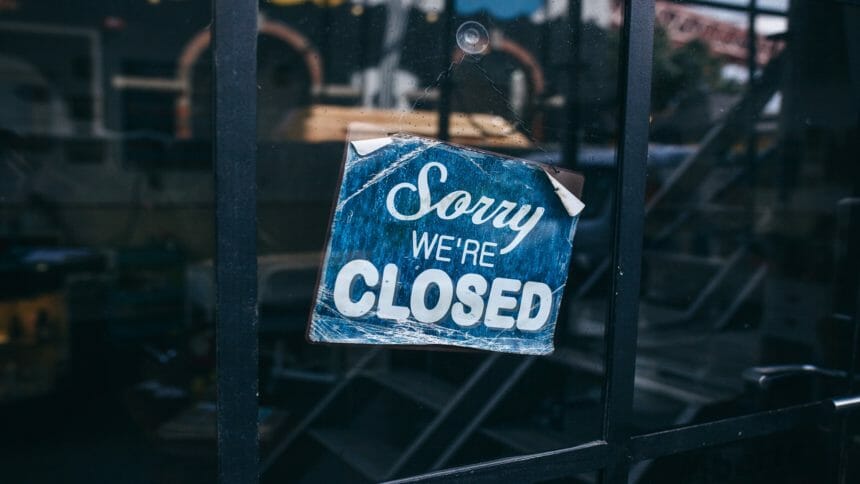
Ryan Wernberg has lived in three different Wisconsin-based nursing homes in the past year. The moves haven’t been by choice — they’ve been the result of facility closings, according to an analysis Monday in the Wausau Daily Herald.
Between 2015 and 2019, the state closed 29 nursing homes, finds a report from LeadingAge. This year, Wisconsin is on track to lose even more facilities, with four closures as of mid-May. Although closures have slowed over the course of the coronavirus pandemic likely because of safety precautions, LeadingAge Wisconsin told the Wausau Daily Herald that it expects the pace to pick up where it left off later in the year.
These closings are happening as Wisconsin’s senior population increases, the article noted, creating an expected surge in demand for nursing home care. The number of Wisconsin residents aged 65 and older is expected to grow by 72% between 2015 and 2040.
Experts generally attribute the increased closures to three factors: Wisconsin’s low Medicaid reimbursement rate, a state initiative to encourage more people to get in-home or assisted living care, and a dramatic workforce shortage in the long-term care sector. They note that there are ways to fix the problem, but it will require more reimbursement-rate increases for nursing homes in the state’s budget and more competitive wages and benefits for nurses within the industry.
“It’s daunting,” John Sauer, president and CEO of LeadingAge Wisconsin told the newspaper. “The financial collapse of many of these facilities has gotten many people’s attention. Communities are very much concerned about the loss of their community nursing homes.”
This article appeared in the McKnight’s Business Daily, a joint effort of McKnight’s Senior Living and McKnight’s Long-Term Care News.


